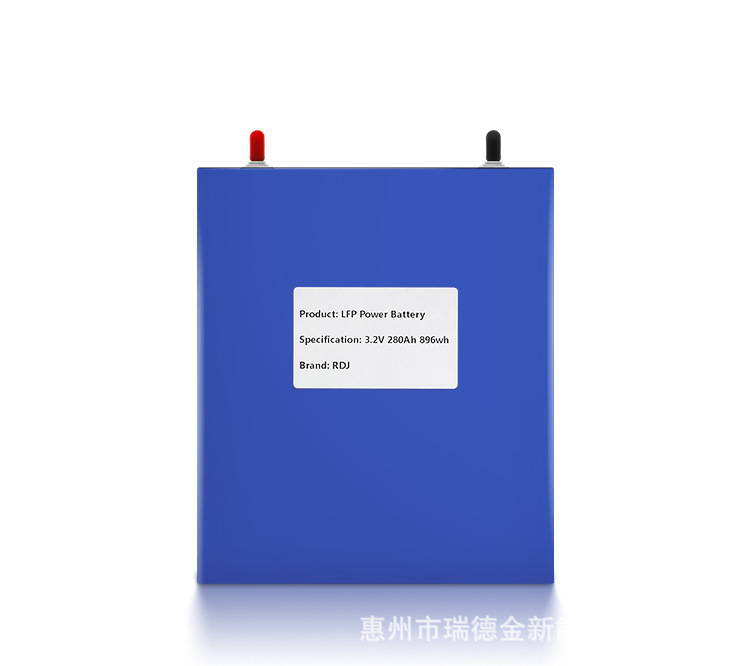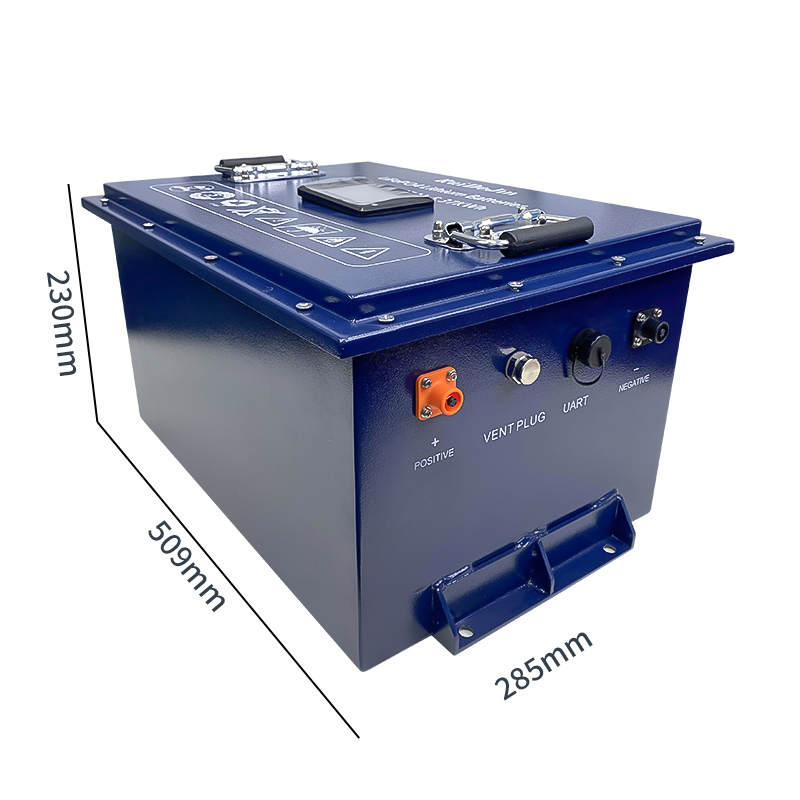The marketization process of electric vehicles far exceeds industry expectations. According to data from the China Association of Automobile Manufacturers, the sales of new energy vehicles in China reached 515000 units in Q1 2021, a year-on-year increase of 2.8 times. Based on this calculation, it is highly likely that the annual sales of new energy vehicles will exceed 2 million units.
At the same time as sales, there is also the “multi-point flowering” of products. From A00 level to D level, from EV, PHEV to HEV, the electrification of automobiles is evolving towards a diversified product direction.
The rapid progress of the market and the proliferation of products pose increasingly stringent challenges to the three electric systems centered on power batteries. Whether they can keep up with market demand and continuously launch advanced technologies and products that meet the needs of the market and users in multiple scenarios is a test of the innovation power of battery companies.
At the 19th Shanghai International Auto Industry Exhibition (2021 Shanghai Auto Show), which opened on April 19th, Honeycomb Energy made its debut with its full range of battery products. Based on the current development needs of electric vehicles, it launched the Honeycomb Fast Charging Battery Technology for the first time, continuously leading the development of the lithium battery industry with innovative technology products.
Charging for 10 minutes and driving distance of 400 kilometers. Hive Energy Bee Speed Fast Charging Technology Debuts for the First Time
Since 2020, the range of the main electric vehicle models at home and abroad has generally exceeded 600 kilometers, and consumer anxiety about range has gradually been resolved. However, with this comes the consideration of charging convenience on the demand side. Whether it can achieve fast charging like traditional car refueling has become a new “pain point” of concern for users.
The fast charging technology of batteries is currently a key breakthrough in solving the convenience of charging, and it is also the main battlefield for car and power battery companies to compete.
At this auto show, Honeycomb Energy released its new fast charging technology and corresponding battery cells for the first time, which can charge for 10 minutes and travel 400 kilometers. The first generation of bee speed fast charging cells is a 158Ah battery cell with an energy density of 250Wh/kg. The 2.2C fast charging can achieve 20-80% SOC time in 16 minutes and can be mass-produced before the end of the year; The second-generation 4C fast charging core has a capacity of 165Ah and an energy density greater than 260Wh/kg. It can achieve 20-80% SOC fast charging time of 10 minutes and is expected to be mass-produced in Q2 2023.
Behind the 4C fast charging products is a series of innovative research and development by Honeycomb Energy based on key materials of lithium batteries. According to on-site technical personnel, the company’s innovative technology in fast charging technology mainly includes several aspects.
Three major technologies have been applied in the field of positive electrode materials: 1. Precise control technology for precursor directional growth: by controlling precursor synthesis parameters, a radial growth of particle size is achieved, creating an ion migration “highway” to improve ion conduction and reduce impedance by more than 10%; 2. Multi gradient stereo doping technology: The synergistic effect of bulk doping and surface doping with multiple elements stabilizes the lattice structure of high nickel materials, while reducing interface oxidation, increasing cycling by 20%, and reducing gas production by more than 30%; 3. Flexible coating technology: Based on big data analysis and simulation calculations, select flexible coating materials that are suitable for high nickel materials with large volume changes, suppress cyclic particle pulverization, and reduce gas production by more than 20%.
The negative electrode also applies multiple advanced technologies: 1. Type of raw materials and selection technology: selecting various isotropic, different structures, and different types of raw materials for combination, reducing the OI value of the electrode from 12 to 7, and improving the dynamic performance; 2. Raw material crushing and shaping technology: using small aggregate particle size to form secondary particles, and compounding primary particles to achieve a reasonable particle size combination, reduce its side reactions, and improve cycling and storage performance by 5-10%; 3. Surface modification technology: using liquid-phase coating technology to coat amorphous carbon on the graphite surface, reducing impedance, enhancing the channels of lithium ions, and reducing impedance by 20%; 4. Granulation technology: Precisely control the morphology, orientation, and other granulation techniques between particle sizes, reducing expansion by 3-5% when fully charged.
The electrolyte adopts a low impedance additive system such as sulfur containing additives/lithium salt additives to reduce the film formation impedance at the positive and negative electrode interfaces. A higher lithium salt concentration ensures a higher conductivity of the electrolyte; The diaphragm adopts a high porosity ceramic membrane, which enhances the ion conductivity of the diaphragm while also considering heat resistance, achieving a balance between fast charging and safety.
On the basis of key material system innovation, Honeycomb Energy has also carried out multiple optimization innovations in electrode preparation, structural component overcurrent simulation testing, and fast charging strategy formulation.
Multi scenario full coverage honeycomb energy product matrix gradually improving
Based on the consideration of diversified market trends and user pain points in the electrification market, Honeycomb Energy continuously enriches its product matrix to meet the multi-dimensional needs of users.
At this exhibition, Honeycomb also showcased its product series matrix in multiple sub sectors such as BEV, HEV, BMS, light vehicles, and energy storage.
In the BEV field, Honeycomb Energy has brought four cobalt free battery products based on the E platform and H platform, covering all models from 300 to 800 kilometers and above.
In addition, Honeycomb also showcased a battery pack LCTP based on cobalt free battery cell matching to the outside world. The system adopts L6 cobalt free battery cells and utilizes second-generation CTP grouping technology. The battery cells are arranged neatly in two columns vertically, forming an overall matrix layout. This allows for the voltage platform to be freely grouped within the allowed range, without being constrained by the number of traditional module strings, which is more conducive to the platformization and standardization of battery packs and further shortens the development cycle, Reduce development costs.
In the field of HEV, Honeycomb Energy has launched HEV cells based on a soft package system this year, with a cycle life of up to 40000 times under RT 3C/3C 30-80% SOC conditions. In terms of high and low temperature performance, charge discharge rate performance, DCIR and power performance, it is superior to other similar products in the industry. Honeycomb Energy is based on the HEV battery pack of this battery cell, using soft pack modular integration technology, which has a higher system integration degree. It adopts a low heat dissipation design and air-cooled cooling, which can significantly reduce the cost of the entire vehicle system; It can also meet the temperature range of -35~60 ℃ across all regions.
In addition, the HEV battery pack adopts an integrated BMS with a SOC accuracy of 3%, which can achieve ASILC functional safety level and has functions such as UDS, OBDII, and FOTA upgrades.
Innovation drives the comprehensive acceleration of honeycomb energy development
Behind a series of industry-leading technologies and products is the highly innovative corporate gene of Honeycomb Energy.
As a power battery enterprise established less than three years ago, Honeycomb Energy has taken the lead in launching technology products such as high-speed lamination process, cobalt free batteries, jelly batteries, and thermal barrier battery packs in the industry. Its disruptive innovative ideas have penetrated into multiple dimensions such as basic material development, technological innovation, and intelligent manufacturing upgrades.
In 2020, Honeycomb Energy’s installed capacity entered the top ten for five consecutive months, and in the first quarter of 2021, its installed capacity stabilized at the 7th place in China. According to Yang Hongxin, Chairman and CEO of Honeycomb Energy, Honeycomb’s goal for 2021 is to become the top 5 in domestic installed capacity.
In terms of production capacity layout, since 2021, Beehive Energy has announced the construction of two 20GWh power battery production bases in Suining, Sichuan and Huzhou, Zhejiang. In addition, it is located in the 6GWh project of Jintan Phase III in Changzhou, and is planning to build a 24GWh cell factory and PACK factory in Germany. Beehive Energy is sprinting towards a global production capacity of 200GWh by 2025.
Under the global trend of automobile electrification, the market pattern of power batteries is still full of changes. For new forces like Honeycomb Energy, they can continue to integrate and innovate throughout the entire chain of materials, processes, equipment, etc., constantly breaking inherent boundaries, and have the potential to grow into a new generation of leading enterprises in the global new energy industry.
Post time: Jan-16-2024


